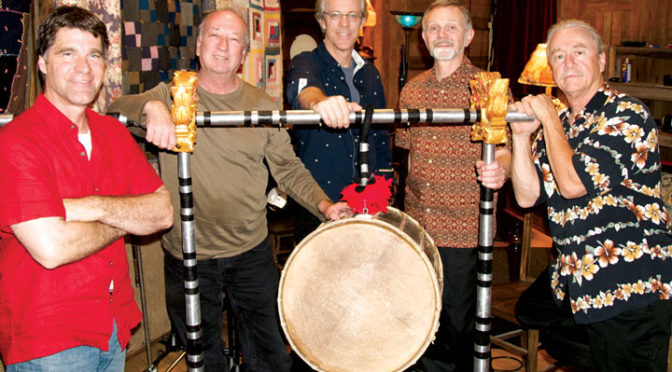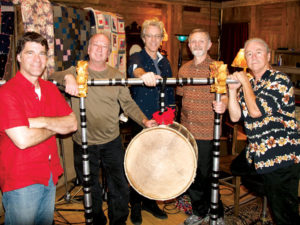Pour voir cet article en français, cliquez ici.
Much has been written in the past several months, by President Hair and others, about the motion picture/TV film negotiations that have commenced once again in Los Angeles; however, it cannot be stressed enough how important this round is. At stake are residuals on New Media, a form of broadcast which has risen above the others as being the choice for consumption in the future. On the one hand, we have the industry, which is loath to give up even the most miniscule amount of their vast profits, simply because corporate greed is a real thing. On the other hand, we have the musicians who do the film and TV work, collectively looking at that future in dismay.
The players have done their research. They can see that diminishing music budgets mean less union work as composers are forced to go dark, record off-shore, or simply produce music “in the box.” Where, then, will sufficient earnings be found to sustain a viable career in music? The simple answer is that fees must be tied to the back end—as the content generates profits through distribution, subscriptions, or advertising revenue, a piece should be carved off for those involved in the music.
While some negotiations prove to be anti-climactic, such is not the case this time. The musicians are engaged—eager to participate in both the bargaining and the garnering of public support. The fact that so many show up with their instruments at rallies is inspiring. The tour bus, carrying musicians to their energetic performances in front of industry executives’ homes on an early Sunday morning, is nothing short of fantastic. While the prize is still not within sight, these dedicated players have certainly gotten the attention of Hollywood money.
Of course, Los Angeles is not the only location where the digital age has wrought devastation. In a recent CBC Sunday Edition, Matt Zimbel of Local 406 (Montreal, PQ), member of the jazz super-group Manteca, had this to say: “The digital age has given us two ‘gifts.’ The technology used for playback sounds terrible and our recorded music no longer has any monetary value.”
Matt then proceeds to plant his tongue firmly in cheek and explain to a friend how the record business is much more profitable than film and television: “I explained that last week I received my royalty statements for a TV series I had created and produced. It cost $1.2 million to make and had been on YouTube for a year. My royalties for 12 months were—are you sitting down?—.01 cent. Cent. Not even plural. No “S” required. .01 cent! On the other hand, I got my music statement for our 11th CD recording and for only three months we got the whopping sum of .01 cent. But it was only for three months. You don’t need an MBA to see how much more profitable music is!”
And then his statement of the reality: “Hey, our chart numbers are off the hook. The shows? Man, standing room only. Likes are in the millions. Hit me on Insta—we’re killing it! But really, truth be known, we’re not killing it, we’re just dying.”
Add that to the fact that over 200 musicians recently signed a letter demanding that the Québécois government take action so that they can receive fair compensation from music streaming services such as Spotify—most of them long-time, prominent members of the musicians’ guild (Local 406)—and the desperation begins to become crystal clear. The US-based market posted profits of $5.4 billion during the first six months alone. Meanwhile, Spotify pays artists $0.004 per stream, on average. As for the non-featured musicians in Canada? Forget about it.
And so, 2020 is shaping up to be a year when disgruntled, unfairly-treated musicians put on their union hats and begin a collective effort to restore to the music industry what has been ripped away by technology and corporations—the right to make a living.
I would like to take this opportunity to wish all of our members in the US and Canada peace and fulfillment during this Holiday season, and the very best for the New Year.














